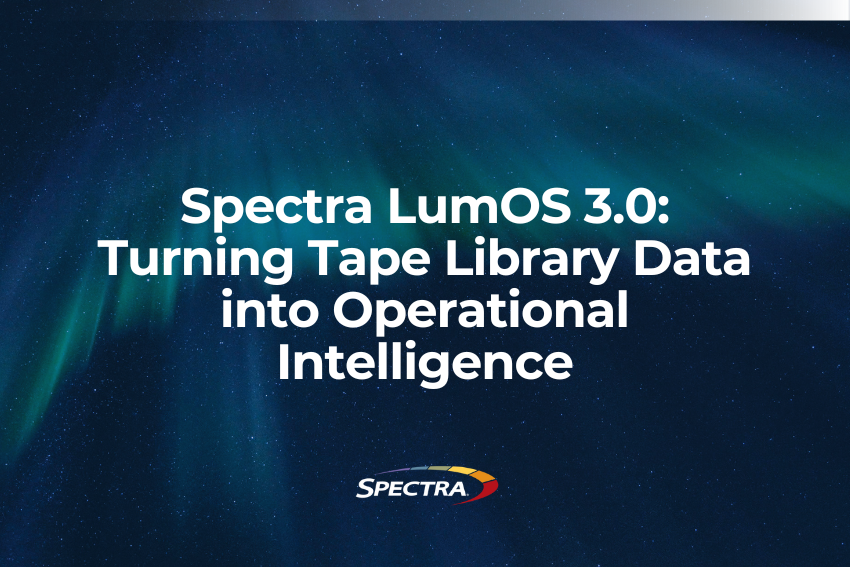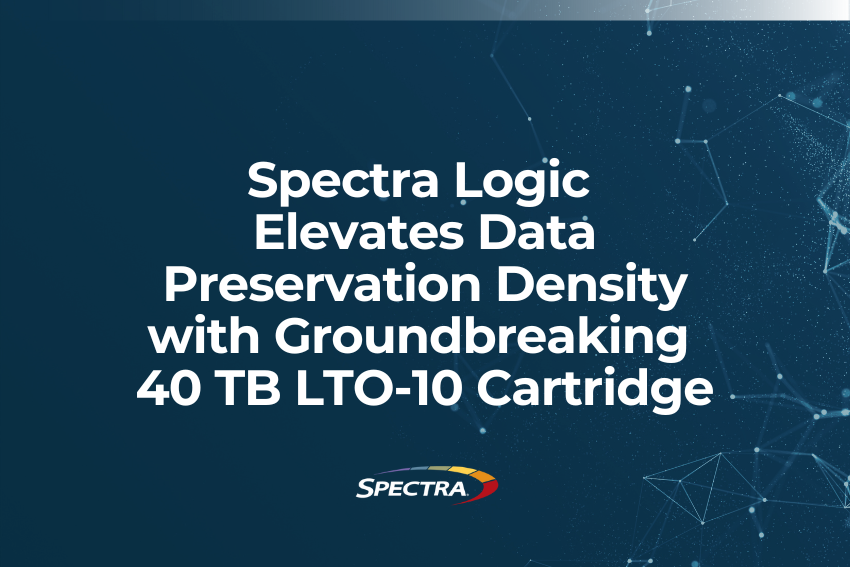
By Mitch Seigle
Chief Marketing Officer, Spectra Logic
Since the dawn of the Industrial Revolution, power has been the key to increased productivity and expanding opportunities. From water-powered sawmills and machine shops that enabled mass production of goods to transportation networks powered by carbon-based fuels that helped open far-flung markets, the wide availability of affordable sources of energy has been the key to building vibrant economies and supporting the growth of the middle class.
In the 21st century, where many industrialized nations have shifted to technology and services-based economies, power still remains its lifeblood. However, unlike during the Industrial era—when expanding coal and steam power were able to meet growing demand for energy—today’s rise in global energy demand is now outpacing the growth of energy supplies. This imbalance, driven in part by new technologies such as AI, cloud computing, electric vehicles and more, is threatening productivity and raising sustainability concerns.
As AI continues to reshape industries, data centers are feeling the strain. Scaling AI infrastructure isn’t just a question of capacity anymore—it’s also about energy. AI servers consume as much as 14 times more power than their traditional counterparts and generate significantly more heat. In an environment where energy costs are rising, and power grids are becoming increasingly stressed, we can’t afford to approach data center operations as “business as usual.”
So, how do we solve this problem? In addition to increasing the available supply of clean, sustainable energy, changing the way in which we use the energy we have is equally important. And believe it or not, magnetic tape—a technology that’s been around for more than 70 years—could hold a key to managing these energy challenges. Modern tape storage offers incredible density, long-term durability, and, crucially, it’s far more energy-efficient than other storage options available today.
Think of it this way: a tape library and a disk storage system might both consume the same amount of energy, but the tape library can store 10 – 50 times more data. If we consider that much of the data stored on disk is “cold”—rarely accessed—moving this cold data to tape frees up substantial energy resources. This energy can then be redirected toward powering the AI servers driving growth.
What makes this approach even more compelling is that it applies whether your storage is on-premises or in the cloud. Shifting cold data to tape allows data centers to repurpose critical energy and cooling capacity, which is essential as the demand for AI continues to grow.
The reality is that energy availability will likely become a limiting factor in the speed at which organizations can scale their AI operations. Those who find ways to maximize energy efficiency will have a significant competitive edge. And it turns out, one of the most effective solutions may come from a technology many thought was obsolete.
Want to learn more about this? Drop me a line at [email protected], message me on LinkedIn or contact Spectra here.






